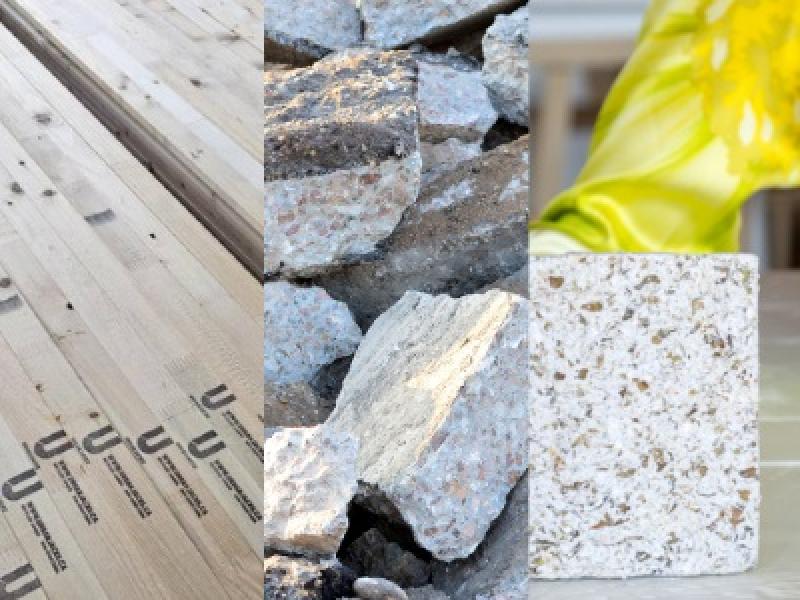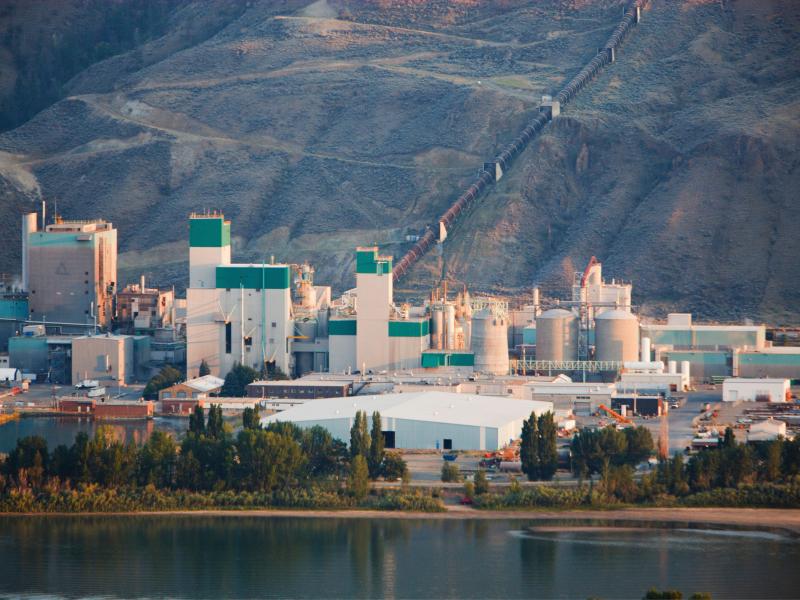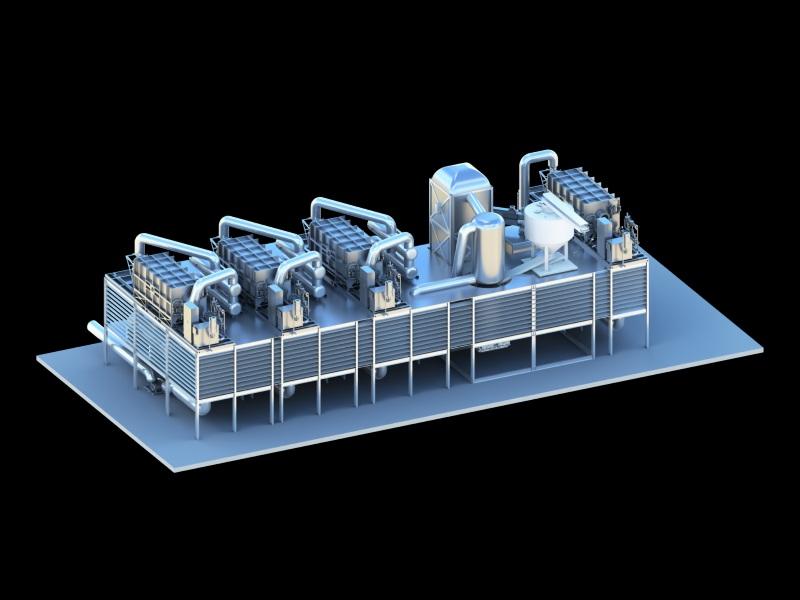
Saskatoon-based geothermal energy developer DEEP Earth Energy Production Corp. will be partnering with energy technology firm SLB on a 30-megawatt (MW) geothermal energy project in southeast Saskatchewan.
The facility will start with five MW of capacity expected to be operating by mid-2026, with work on adding 25 MW of capacity scheduled to begin once completed. Development is taking place on 97,775-acres of leased land near Estevan.
Houston-based SLB, one of the world’s largest oilfield services companies, will be involved in resource assessment, constructing wells and drilling design, Kirsten Marcia, president and CEO of DEEP Earth, said in an interview with Sustainable Biz Canada.
Its expertise in the oil and gas sector will provide DEEP Earth with momentum to speed up the timeline for the project and optimize the construction, she added.
“SLB has enormous horsepower. The fact that over the past year we’ve seen them really position themselves as wanting to be a global leader in geothermal development and the fact that they’ve chosen DEEP as one of their very first projects because we’re so shovel ready, I think it’s really significant,” Marcia said.
“We’re absolutely thrilled that they chose us to be one of their first development projects . . . This partnership with SLB is just perfect timing.”
DEEP Earth’s updated project
SLB, also known as Schlumberger, is described as a “one-stop shop for geothermal” by the DEEP Earth CEO because it owns a large geothermal resources consultancy (GeothermEx) and has world-class drilling and engineering capabilities.
The two companies will be collaborating in the Williston Basin, where drilling will go down 3.5 kilometres and then extend three kilometres horizontally. A series of subterranean wells resembling a rib cage will be made, Marcia said, based on the Organic Rankine Cycle technology from Ormat Technologies Inc.
Hot brine pumped to the surface from the wells will be passed through a heat exchanger, where the thermal energy will be transferred to the working fluid – likely butane or pentane. The working fluid will turn to steam, driving a turbine to generate electricity.
Phase 1 will consist of two production and injection wells to provide five MW of power. The first stage, Marcia said, will “optimize the project on the back of any additional learnings that we gain from the development of the first five MW block,” essentially serving as a demonstration. “It allows us to bring the costs down and the efficiency up for the remaining 25 MW.”
Construction financing is being secured and once finalized, Marcia expects it will take approximately 18 months for Phase 1 to be operational.
The first five MW has already been contracted to provincial utility SaskPower under a power purchase agreement, with the buyer of the 25 MW under negotiation, she added.
At full capacity, the 30 MW will be enough to power approximately 30,000 households in Saskatchewan and generate clean electricity to a grid that sources over 80 per cent of its energy from natural gas and coal.
After being initially declared a 25 MW project in 2023 with the goal of being fully built in 2024, the plan has been adjusted, Marcia said. It is now a 30 MW project and 2024 was a fundraising year, she explained.
Ultimately, DEEP Earth has the ambition of growing the facility to 180 MW, also tweaked from the original target of 200 MW.
She declined to disclose the cost of the project or the names of investors.
Canada’s geothermal potential
Both DEEP Earth and SLB believe “getting this project to the finish line is really going to crack open the opportunity for other projects in Canada, especially in Alberta,” Marcia said. The technology is “very deployable in Western Canada,” she continued, particularly sedimentary basins like the Williston.
The region has geology highly amenable for geothermal projects, and the drilling know-how from the province's oil and gas sector provides a compelling reason to grow its use. The Canadian Geothermal Energy Association says the country has approximately 5,000 MW of geothermal capacity, with an additional 10,000 MW in deeper resources.
Canadian companies such as Eavor Technologies Inc., E2E Energy Solutions, Subterra Solutions and Geosource Energy have been aiming to increase geothermal use across the country.
If the 30 MW project is successful, the design can be deployed in similar areas around the world, Marcia said, such as the Permian in the U.S.
“This design is very, very mobile for sedimentary basins. Where you got oil and gas, this design can be deployed for clean, baseload power generation.”










